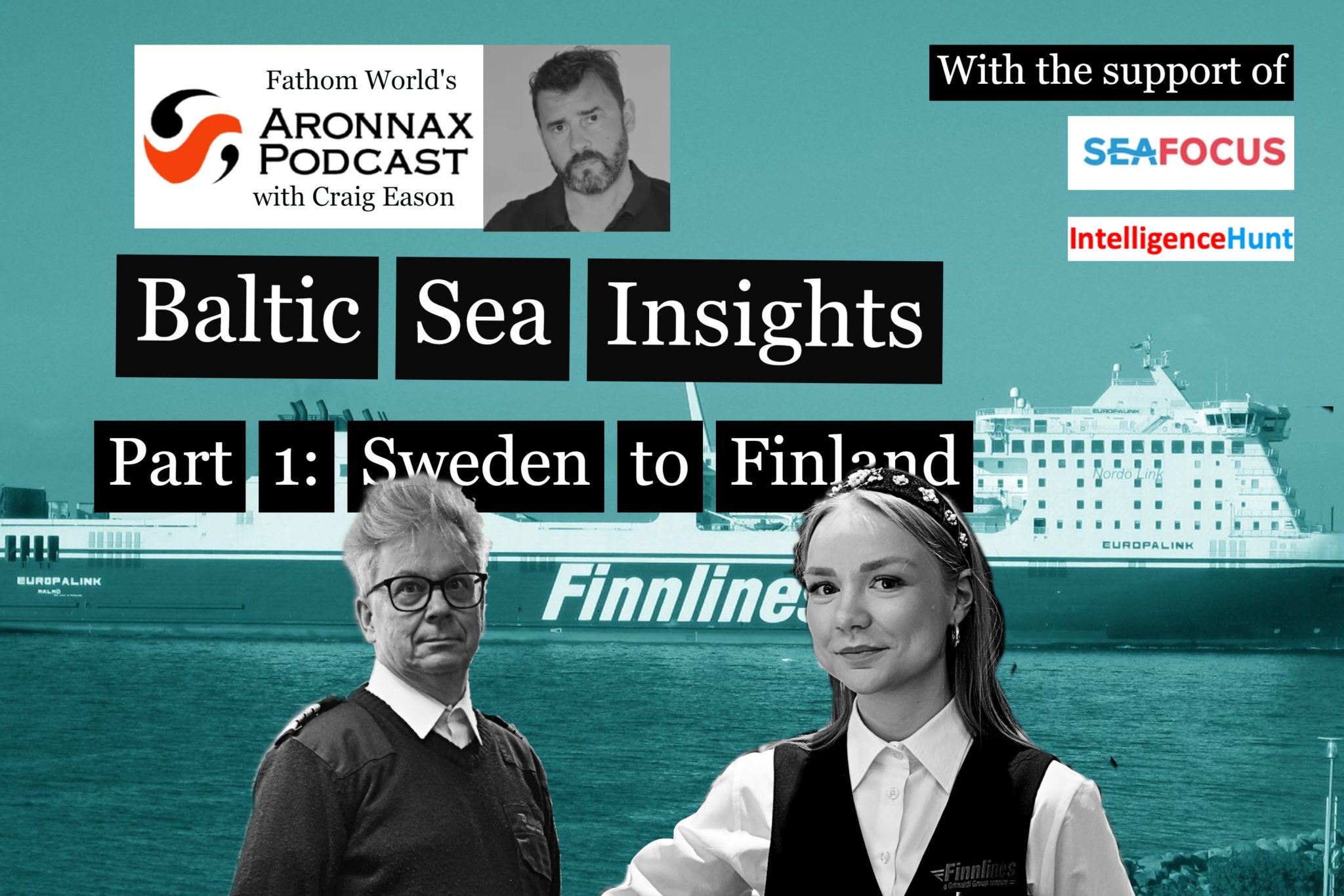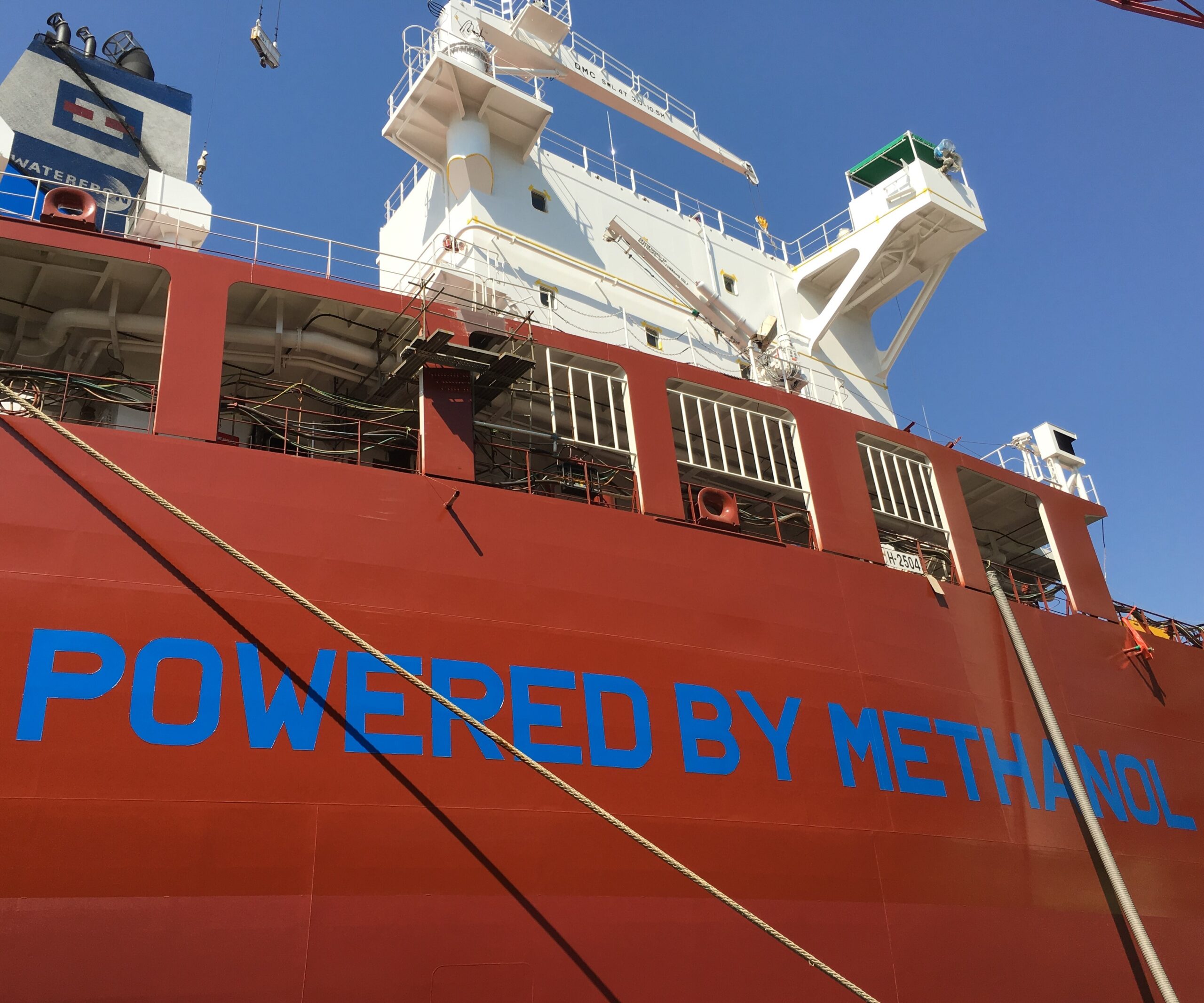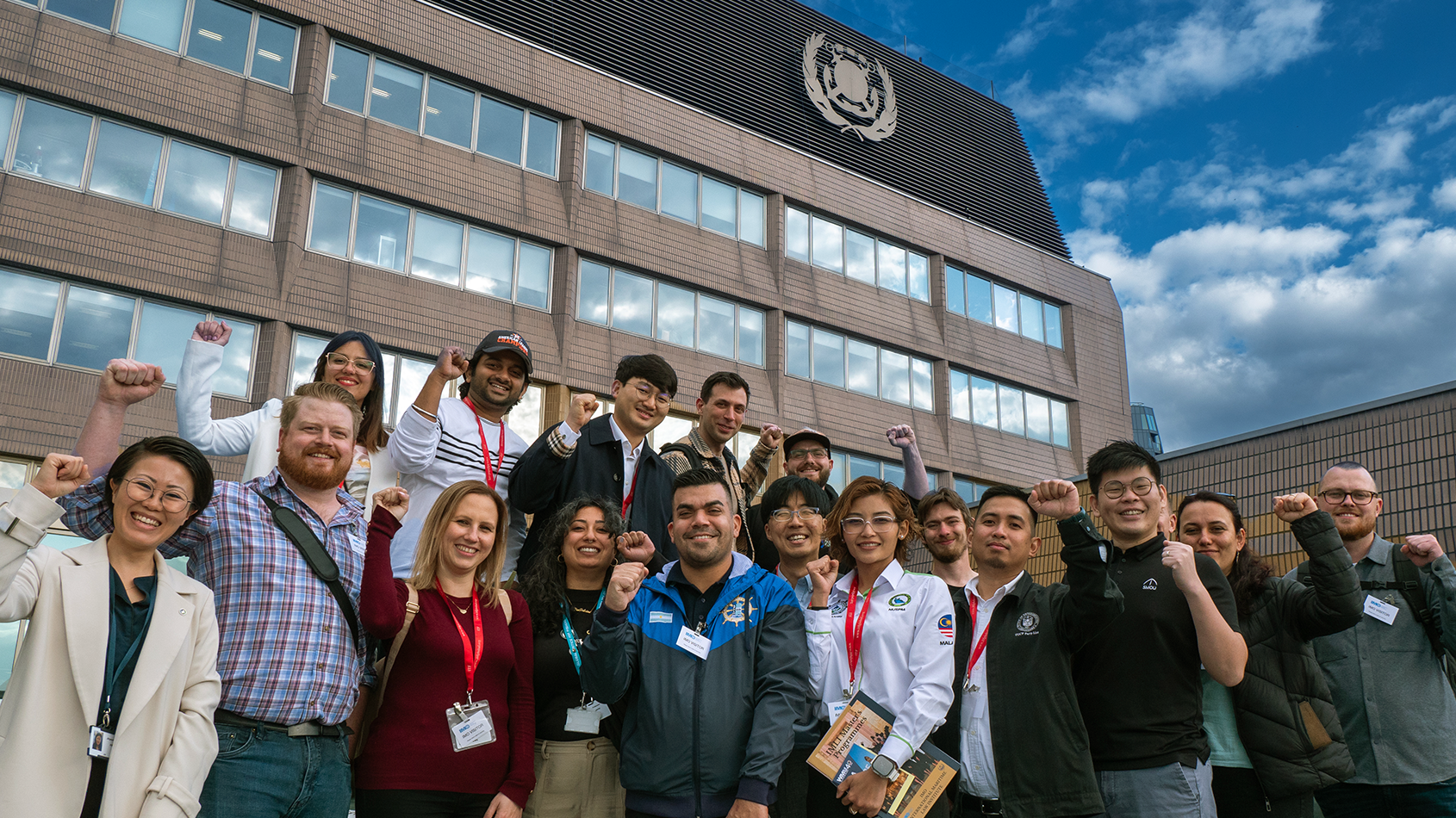I joined three ships to visit the Baltic Sea. As soon as I was onboard the first vessel I was reminded of what I missed so much about being at sea,
I am really excited about the future, the chief officer told me from the cargo deck of the 2007 ropax ferry loading lorries and cars in Stockholm, bound for Finland.
Niclas Christansson was talking about the surge of technologies and changes coming into shipping in the coming years as we chatted about his job looking after the ship and its cargo.
He hopes that later this year, or maybe in 2024, he will start working on one of the two new vessels that his employer, Finnlines, will deploy on the route he works on.
These two vessels FinnCanopus and FInnSirius have been built and the first one should be making its transit voyage from China to the Baltic Sea this year, with the second one coming shortly after.
I was talking to him as part of a four days spent on three FInnlines vessels on just one important Sea for this region, the Baltic Sea. It is a sea criss-crossed with ferry and freight routes as well as larger commercial tonnage coming in from further afield.
Working at sea is not as glamorous as many films make it out to be (mostly as these now out-dated Hollywood films show naval officers in pristine uniforms)- But being at sea comes with it a distinct sense of ones own capabilities to do a job well, to do it autonomously, and do it when it’s tough to do, as well as easy (the phrase weekend sailor springs to mind when one looks at the difference between the Baltic in the winter and the same sea in the calms of the summer).
Niclas spends most of his time in port in a boilersuit and a high-vis jacket directing lorries and trailers on and off the deck, checking the stability and loading data and generally making sure the ship can do everything it needs to do in its short slot in port.
His is the job at the coalface of shipping. This is where all the talk by regulators, classification societies and office-bound business executives coalesce into making his job and the job of everyone onboard either easy or hard. It is, as we sit in our offices to forget that when we talk about the changes that shipping and maritime face, we are talking abut people who often get a hard deal at work for months on end, yet come home and are impossible to distinguish with the rest of us walking the streets, having coffees with friends and rubbing shoulders with in trains, buses and shops.
They walk among us
Yes, seafarers are no different from the rest of us, and were we to be treated like them the world over we may do more than raise an eyebrow. Of course, there are other reasons why seafarers are somewhat invisible. Firstly, most of them come from Asia, are hardy off the ship (Imagine never being let out of your house because your local politicians or council don’t let you) while working onboard and fly straight home when a trip is complete.

But the reality is seafarers are everywhere. They are among us. There are ex seafarers in professional roles, but as we do walk the streets each country has its seafarers who are at home, on leave, simply being normal.
One of the benefits of being a seafarer is the long periods at home when on leave. For a few weeks or months there are no watch patterns, but no need to get up at 0600 to catch the bus or train to work, or drive through the rain to the office. This is when the seafarer is among us. Hidden, and fleetingly free.
But back to C/O Christiansson and his Monday morning routine loading the vessel in Kapellskär before it heads through the grey frigid Baltic for Åland and then Finland.
There are, say Christansson, many benefits of his job, and he would not have it any other way. He gets to make his own decisions each and every day, he understands how a large vessel works and how to keep it going, he can step in on navigation duties as easily as doing cargo work, and gets to work two weeks on and two weeks off. -unusual in shipping where many crews find they have lengthy voyages and even unpaid leave where they can go home and be among us.
It is also telling that Christansson and the other crew members know and banter with the shore crews, the stevedores and personnel who work in the ports. They get on well and enjoy a joke or two and take pride in their roles and the company they work for. And also, maybe because they enjoy their work, they are excited about the future and what technology and change it brings despite the men (yes, largely me) making decisions in their padded offices.
For me, as an ex seafarer it is a reminder of times long past for me, when crews would work together and ensure tasks were completed well, and completed safely. Seamanship is about trust and reliability.
I met Nicas when I joined Europalink, as part of my triangle tour of the Baltic onboard Finnlines vessels.
You can read more about the Baltic and the trip on Fathom.World


































